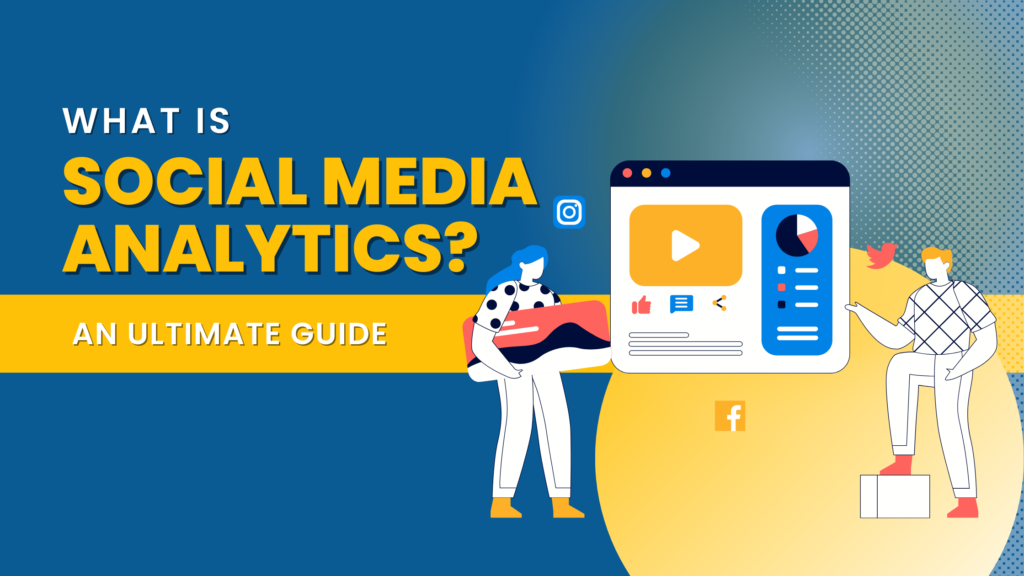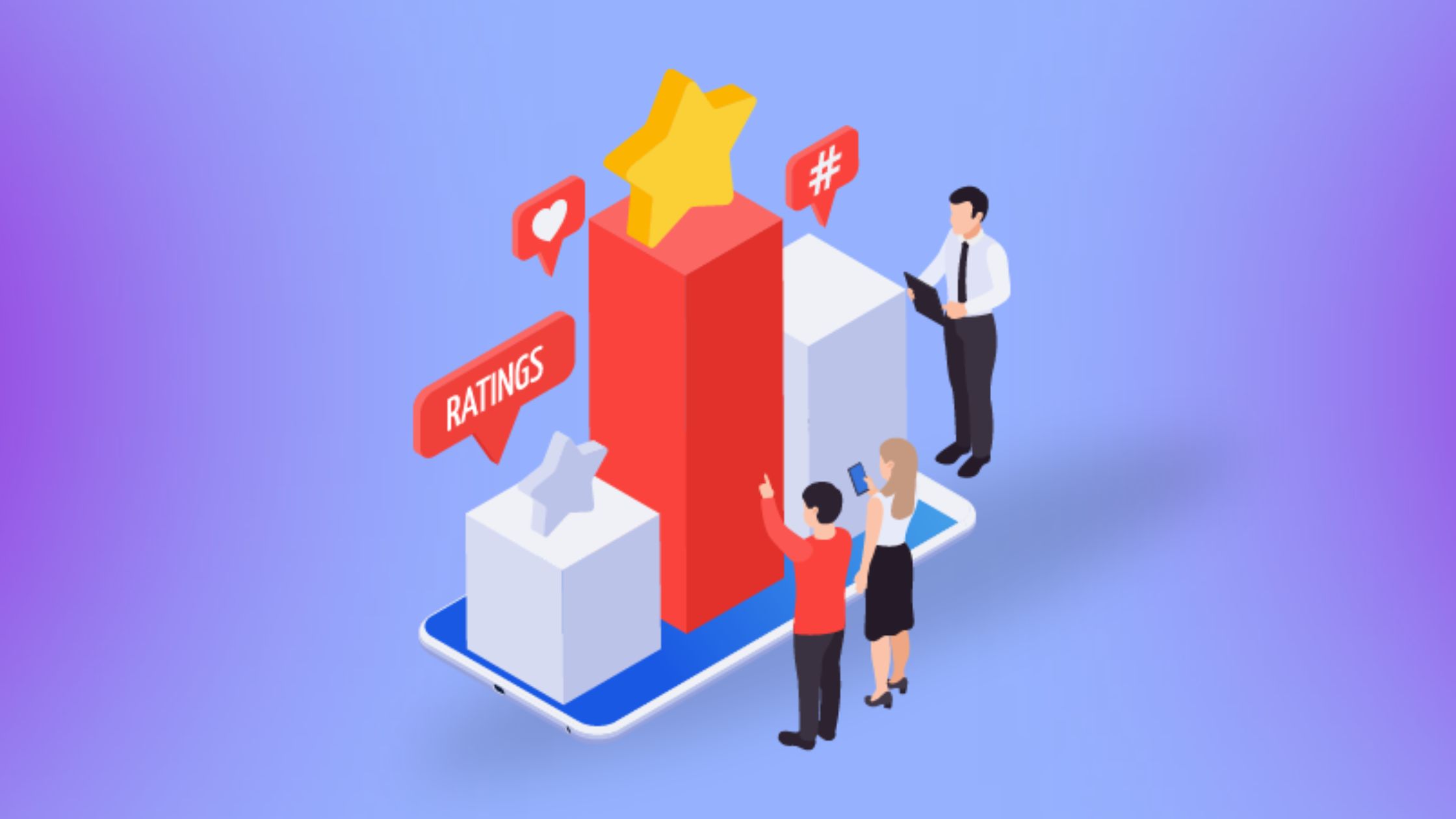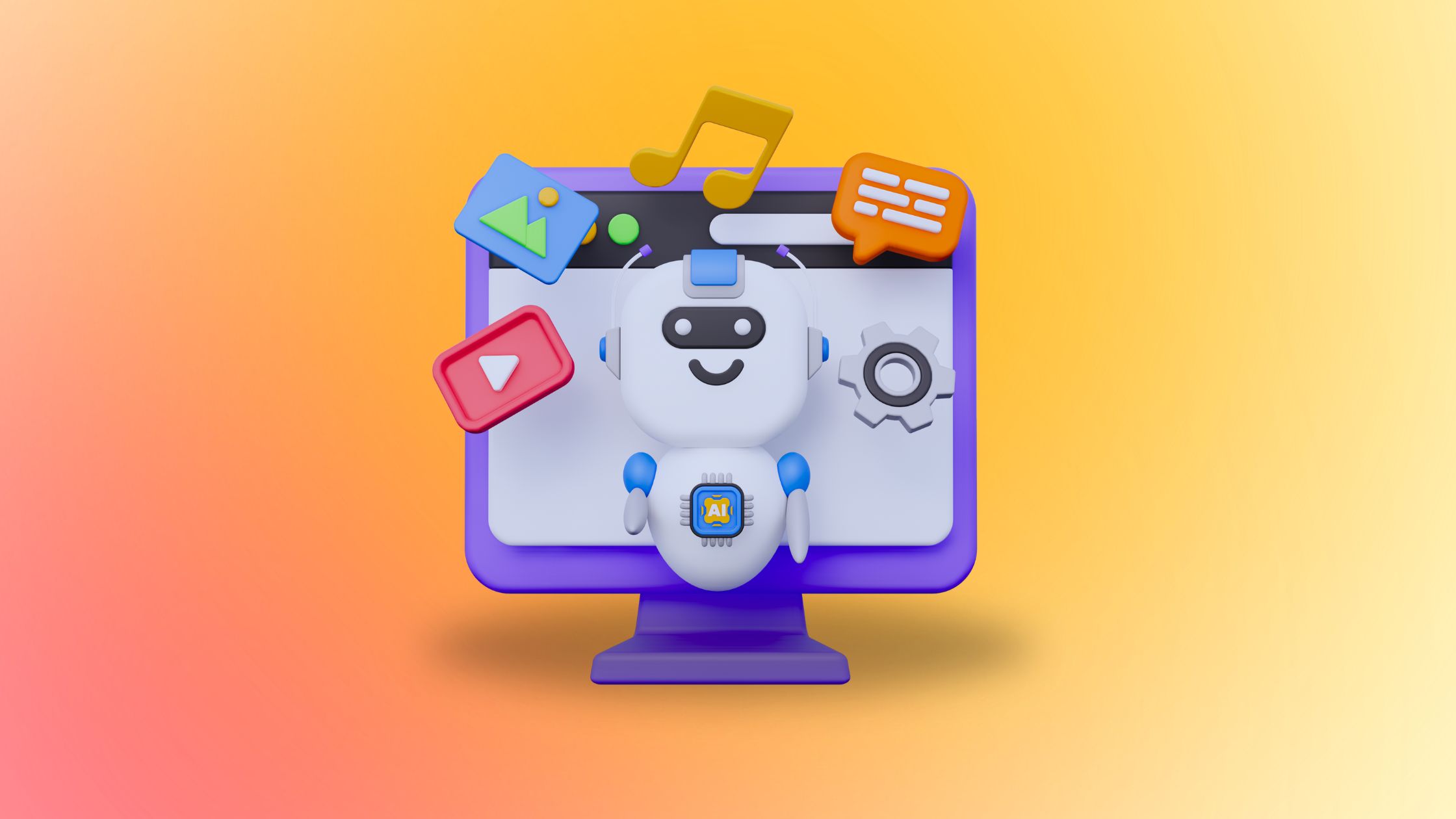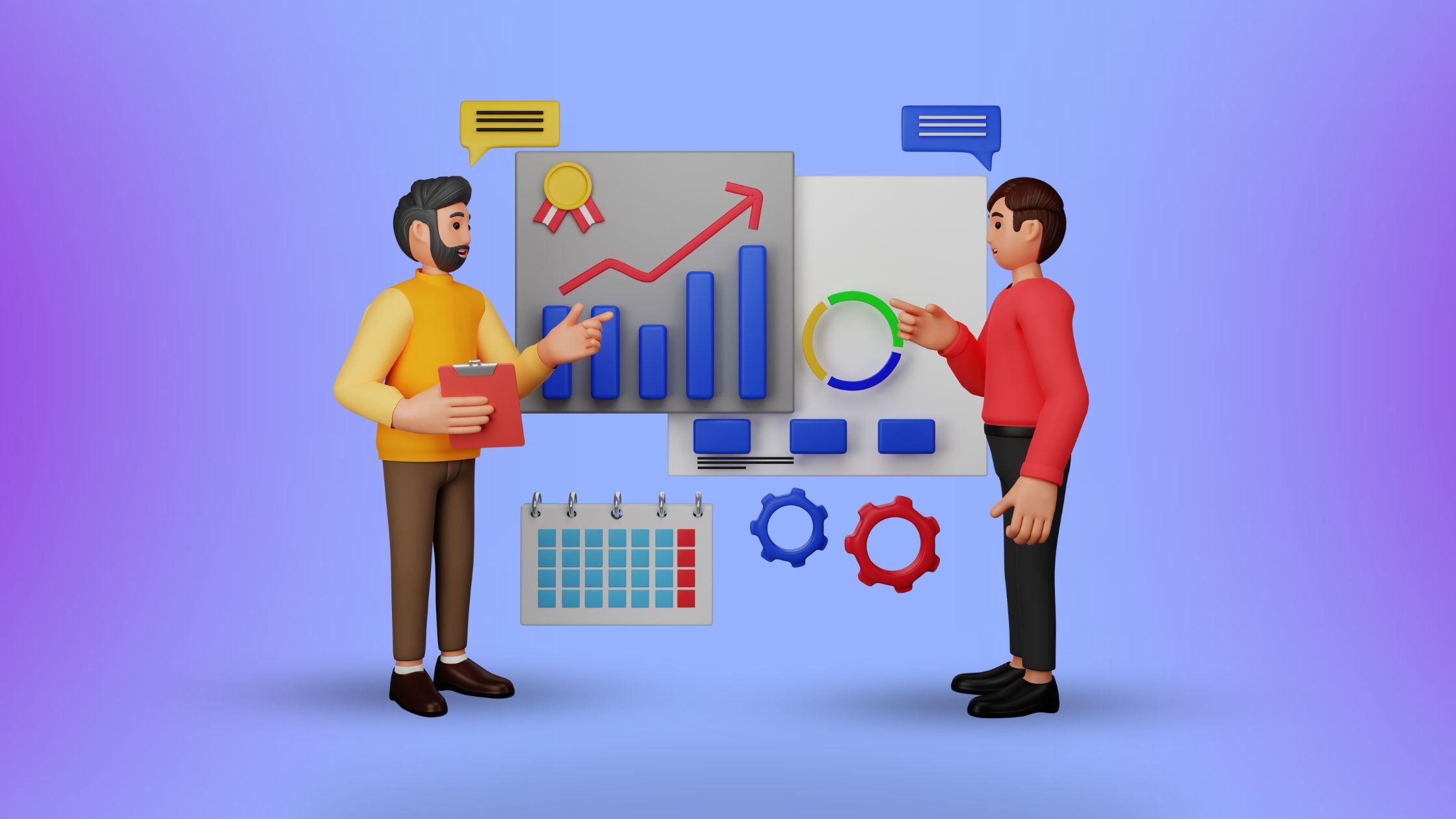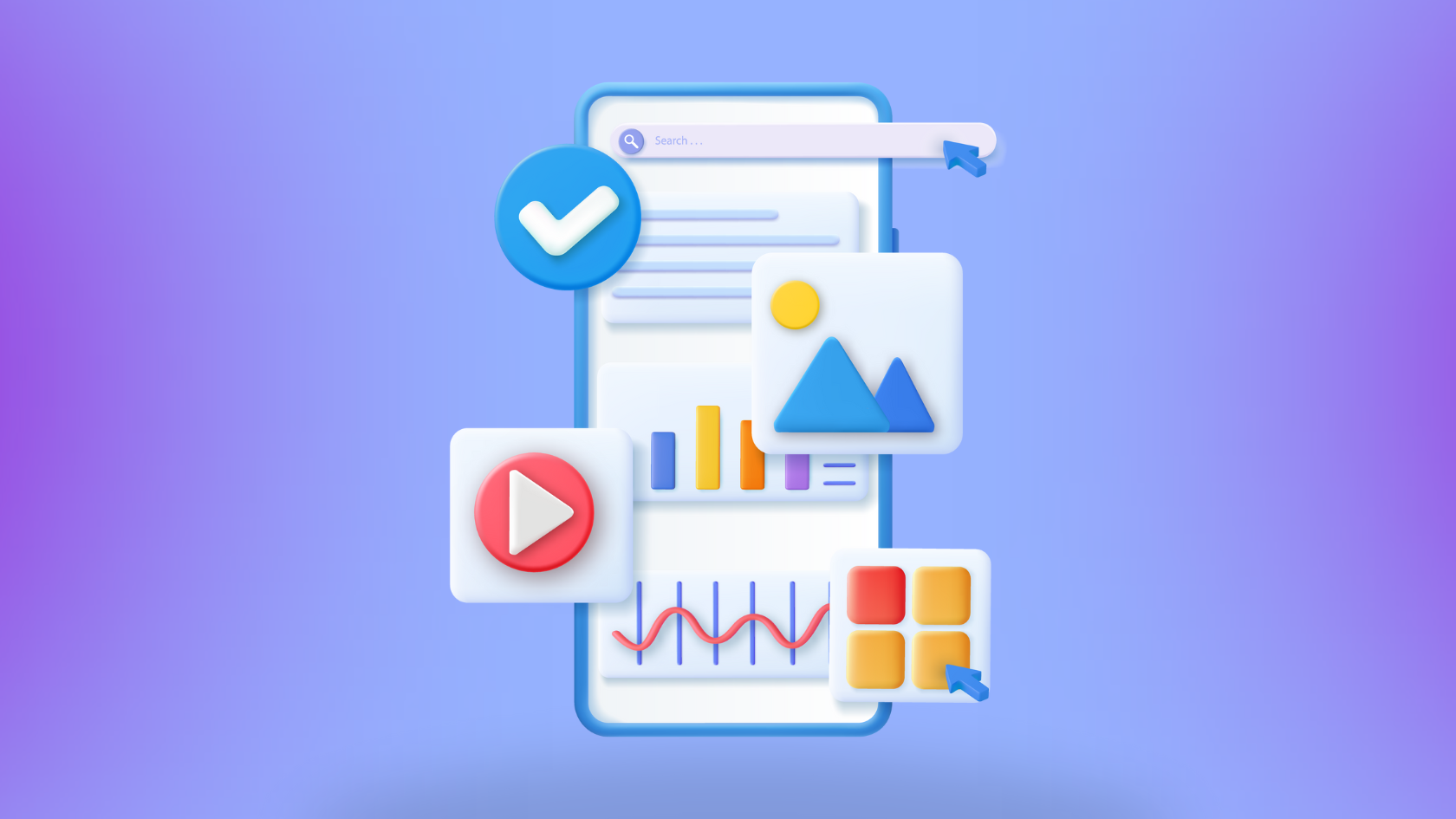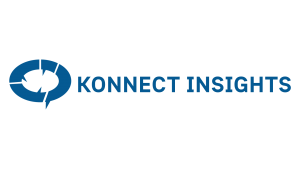Social analytics is a rapidly growing field that involves collecting, analyzing, and interpreting data from social media platforms.
By leveraging social analytics, businesses can gain valuable insights into their customers, competitors, and the overall market landscape. These insights help businesses in their social listening strategies.
This article will delve into the fundamental concepts of social analytics. We will also explain the importance of social analytics to give you a better understanding.
What Is Meant by Social Analytics?
Social media analytics refers to gathering and analyzing data from social media platforms to gain insights into user behaviors, preferences, and opinions. It is a way for businesses to understand how their customers engage with their products and services on social media.
One way businesses use social media analytics is by tracking social media metrics such as engagement rates, click-through rates (CTRs), follower growth and analysing some social analytics trends.
For example, a business may use these analytics to track the number of likes, shares, and comments on their posts to gauge their interest in their products or services. Another way social media analytics can be helpful is by providing businesses with an understanding of the demographics of their audience.
By analyzing user data such as age, gender, and location, businesses can know who their customers are and tailor their marketing strategies to meet their needs.
Social media analytics can also be used to manage brand’s online reputation. By analyzing conversations related to their brand, businesses can identify and address any negative sentiment or issues.
For example, a restaurant may use social media analytics to track mentions of its brands on Twitter.
By analyzing user data, businesses can identify which dishes are most popular among their customers and which days of the week show the most social media engagement. They can also track mentions of their brand to improve their reputation.
Why Is Social Analytics Important?
By leveraging social media analytics, companies can identify potential customers and understand their needs. This, in turn, helps businesses create effective marketing strategies, improve their products and services, and increase overall customer relationship.
Social media analytics also enable businesses to track their performance and assess the impact of their social media campaigns.
Through detailed reports and analysis, companies can measure the reach and engagement of their marketing efforts and optimize them accordingly.
Moreover, social media analytics can help businesses stay ahead of the competition by closely monitoring their competitors’ social media activities.
In addition, social media analytics are becoming increasingly important in the age of big data, where companies generate massive amounts of data daily.
Businesses can make data-driven decisions and increase their return on investment (ROI) using advanced analytics techniques. They can also use social media analytics to assess the effectiveness of their communication strategies and identify high-value features for their products or services.
Furthermore, social media analytics allows businesses to keep track of their competitors’ activities and evaluate their performance against them.
It can also help map how third-party partners and channels may impact a company’s performance. This enables businesses to stay informed, engaged, and responsive to their customer’s expectations.
Types of Social Media Analytics
To better understand social media analytics, we will explore its different types.
Quantitative social media analytics and qualitative social media analytics are the two main categories.
In addition to these two types, four other types of analytics are also commonly used: descriptive analytics, diagnostic analytics, predictive analytics, and prescriptive analytics.
- Quantitative Social Media Analytics
Quantitative social media analytics focuses on the numerical aspects of social media data. It involves tracking social media metrics such as shares, likes, comments, CTRs, and follower growth.
This type of social media analytics is used to measure the success of marketing campaigns and social media activity.
Businesses can use quantitative social media analytics to track the performance of their social media posts and identify which content resonates most with their audience.
For example, a company may track the number of likes, comments, and shares on their posts to determine which ones receive the most engagement. This information can be used to inform future content creation and marketing strategies.
Another way quantitative social media analytics can be used is by identifying trends in user behavior. For instance, by analyzing user data such as age, gender, and location, businesses can identify patterns in their audience’s engagement.
- Qualitative Social Media Analytics
Qualitative social media analytics, on the other hand, focuses on the non-numerical aspects of social media data.
It involves analyzing social media conversations’ sentiment, tone, and context. Businesses can use qualitative social media analytics to monitor their brand reputation and identify areas for improvement. For example, a company may track social media conversations related to its brand and analyze the tone of the comments to determine whether the sentiment is positive or negative.
Another way qualitative social media analytics can be used is by identifying trends in user behavior that may take time to become apparent through quantitative analysis.
For instance, by analyzing the language and context of social media conversations, businesses can identify emerging trends and anticipate changes in customer behavior.
- Descriptive Analytics
Descriptive analytics is a type of analytics that describes past events and provides a summary of historical data. It is used to gain insights into what has already happened on social media.
This type of analytics is helpful for identifying trends, patterns, and anomalies in social media data.
For instance, businesses can use descriptive analytics to identify the most popular types of content shared on social media platforms. This can help them develop more engaging content that resonates with their audience.
- Diagnostic Analytics
Diagnostic analytics is used to analyze the causes of past events. It involves identifying the factors that led to a particular outcome or event. Diagnostic analytics is helpful for understanding why certain social media campaigns or posts performed well or poorly.
For example, a business may use diagnostic analytics to understand why a particular post received low engagement.
By analyzing the post’s content, timing, and other factors, the business can determine what went wrong and avoid making similar mistakes.
- Prescriptive Analytics
Prescriptive analytics uses machine learning algorithms and artificial intelligence to analyze large amounts of data and provide specific recommendations or actions to take.
It goes a step further by suggesting the best course of action to achieve the desired outcome.
For example, a social media management tool that uses prescriptive analytics may analyze your past social media performance and suggest actions.
It could include recommending the best time to post content, identifying the types of content that resonate most with your audience, and even suggesting specific hashtags to use in your posts.
- Predictive Analytics
Predictive analytics is a type of analytics that uses historical data and statistical algorithms to identify patterns and make predictions about future events. It uses a variety of data inputs to create models that can help businesses anticipate future trends.
Predictive analytics may use data such as engagement rates, follower counts, and types of content posted to create a model that can predict which types of content will perform well in the future.
For example, a retailer might use these analytics to target specific customers with personalized offers and improve the customer’s overall experience.
Examples of Social Media Analytics
Here are a few examples of social media analytics in action:
- Sentiment Analysis
Sentiment analysis determines the overall sentiment of social media conversations about a brand, product, or topic.
This type of analysis helps businesses understand how their customers feel about their products and services and identify opportunities to improve their social media strategies.
For example, if sentiment analysis reveals that customers are unhappy with a particular product, a business can use this information to make improvements and address their concerns.
- Engagement Metrics
Engagement metrics are a set of performance indicators used to measure how users interact with a brand’s social media content. This includes metrics such as likes, comments, shares, and clicks. By analyzing these metrics, businesses can determine which types of content are most engaging.
Businesses can know whether their post on social media was successful or not. For example, suppose a business discovers that its Instagram posts receive more engagement than its Facebook posts. In that case, they may decide to focus more on Instagram and allocate more resources to that platform.
- Influencer Analysis
Influencer analysis is used to identify social media influencers who can help promote a brand’s products or services.
This type of analysis helps businesses find influencers who are a good match for their brand and target audience and create effective influencer marketing campaigns.
For instance, a fitness apparel brand might use influencer analysis to identify popular fitness influencers on Instagram and collaborate with them to promote their products.
- Competitive Analysis
Competitive analysis gains insights into a brand’s competitors and their social media strategies.
By analyzing their competitors’ social media content, engagement metrics, and other data, businesses can identify opportunities to differentiate themselves and improve their own social media performance.
A restaurant chain might use competitive analysis to identify popular menu items at competing restaurants and create similar items to attract more customers.
- Customer Analysis
Customer analysis is used to gain insights into a brand’s customers and their behavior on social media. Businesses can identify customer preferences, interests, and behaviors by analyzing customer data and using this information to create more effective social media strategies.
A beauty brand might use customer analysis to identify which types of products are most popular with their customers and create more promotions around those products.
Also Read : Top 5 Customer Experience Management Trends To Watch In 2023
How Do You Use Social Analytics?
In today’s digital age, social media platforms have become a powerful source of information and communication for individuals and businesses alike. Here are some ways to use social analytics effectively.
- Generate Reports Quickly with Just a Few Clicks
With social media analytics, you can easily create reports that will give you an overview of your social media performance.
It allows you to track key performance indicators such as engagement, reach, and impressions. It saves time and makes the data more accessible and understandable for everyone.
Creating reports in social media analytics is useful for monitoring your performance and presenting data to stakeholders, team members, or clients.
To create a report, the first step is to identify the charts you want to include. There are several chart options, such as the performance overview, metrics breakdown, post breakdown, and top demographics. Once you have selected the charts, you can add them to your report.
Every chart has an “Add to Report” button that allows you to add the chart to an existing report or create a new report.
After this, you can customize it by adding a description and a business logo. You can also add comments to each chart to explain any changes in your metrics or highlight important details.
The comments feature helps to provide context and explain the data to others who may not be as familiar with the metrics.
- Establish Performance Standards
Setting benchmarks for your social media performance can be a game-changer in understanding how well your content is resonating with your audience. This can be done by tracking your performance over time and comparing it with industry standards.
It is important to note that the benchmarks you set should be relevant to your industry, audience, and goals. For example, a post with a high number of likes but low engagement may not be considered successful if your main goal is to drive conversions.
Also, take into account factors like industry norms, target audience, and other specific goals for your social media presence.
For example, if you are a business that relies on local customers, you may want to set a higher benchmark for engagement from users in your area.
Additionally, it is important to regularly re-evaluate your benchmarks and adjust them as needed. Social media trends and user behavior are constantly changing, so what might have been considered a good post six months ago may no longer be relevant.
By re-examining, you can ensure that they are aligned with current trends and best practices.
Finally, it is worth noting that benchmarks are not the end-all and be-all when it comes to social media success.
While they can be a helpful tool for tracking progress and identifying top-performing content, keep in mind the overall goals and objectives of your social media strategy.
By focusing on creating high-quality content, you will be on the path to social media success, whether or not you hit your benchmarks every time.
- Determine the Overall Level of Engagement
Social media analytics allows you to measure the total engagement of your audience on your social media platforms.
Engagement can be measured through likes, comments, shares, and other interactions.
Another way to measure total engagement is to use social media listening tools to monitor brand mentions and track sentiment analysis.
These tools allow you to see what people are saying about your brand across various social media platforms, as well as identify influencers and industry trends.
There is one more metric to consider to measure total engagement: the CTR of your social media posts. CTR measures the percentage of people who click on a link in your post and is an important indicator of how well your posts are driving traffic to your website.
To calculate CTR, simply divide the click number by the number of impressions and multiply by 100. A good benchmark for CTR can vary depending on your industry and audience, but a CTR of 1–2% is generally considered average.
Engagement rates can also be calculated for each post to get an overall engagement for the selected time period. By tracking engagement rates over time, marketers can get a sense of what types of content are performing well on their page.
One of the most coveted statistics in social media marketing is revenue generated from social media. However, tracking statistics for this stat is not as straightforward as engagement or clicks.
To calculate revenue from social media, we recommend using Google Analytics. The first step is to set up Urchin Tracking Modules (UTMs), which will help track the source of the traffic in Google Analytics.
Next, set up E-commerce or goals in Google Analytics, and after a day or two, return to the platform and navigate to Acquisition > All Traffic > Channels > Social to get a traffic report.
Finally, add conversion goals to the data table to see the revenue generated from social media. While this process may seem complicated, there are plenty of resources available to help marketers navigate it.
YouTube is a great source of tutorials for those who need additional assistance. With these tools and steps, measuring total engagement and revenue from social media is possible and can provide valuable insights for refining marketing strategies.
In addition to these metrics, it is important to keep an eye on other key performance indicators such as follower growth, reach, and post frequency.
By regularly monitoring these metrics and setting benchmarks for success, you can better understand how your social media efforts are impacting your business and improve your overall performance.
- Provide Context for the Data You Extract
It is important to add context to the data you pull from social media analytics. For instance, if you notice a sudden increase in engagement, you need to investigate the cause of the increase.
Was it due to a popular post, or did you launch a new campaign? Understanding the context behind the data can help you make better decisions.
Once you have identified trends in your social media metrics, it is important to ask some questions to understand the factors that contributed to the trends. You can ask what caused any spikes or valleys in your metrics and what you can learn from them.
You can also try to predict when you will reach the next milestone or where you will be in the next few months by extrapolating the trends. However, it is important to be aware of the factors that you may be overlooking.
For example, weekends, holidays, and seasonality can all affect your social media metrics. So, consider the most popular times to share on social media, which are typically from 9:00 a.m. to 5:00 p.m. New York time.
Additionally, big announcements or campaigns can also impact your metrics. Answering the question of what factor you are not accounting for can be challenging, as it is like being asked to know what you do not know.
But by considering some overlooked factors, you can get a better understanding of the potential factors that may be affecting your social media performance.
- Find Out Your Best Time to Post
Social media analytics provides you with data on the best time to post your content. This data can help you plan your social media content more effectively and increase your engagement rates.
By analyzing your social media data, you can determine the optimal time to post for your specific audience.
Understanding the best times to post on social media can greatly impact the success of your content.
On Facebook, you can use Facebook Page Insights to see when your fans are online and experiment with posting during peak or off-peak hours to see what works best for your brand. Instagram Insights provides similar data under the Audience tab for business profiles.
On Twitter, using tools like Followerwonk or Tweriod can help you determine when your followers are most active, as timing is still crucial due to Twitter’s reverse-chronological timeline. By experimenting with different posting times, such as during the most active hours and the least active hours, you can determine what works best for your brand.
- Reuse Your Existing Content
Content repurposing is the process of reusing existing content and presenting it in a new format to extend its lifespan and broaden its audience.
By incorporating repurposing into your content creation strategy, you can plan various ways to share a new piece of content.
This approach saves time since you already have the data to guide you toward high-performing content. The content can be reshaped and redistributed, or you are already working on content that can be repurposed in different ways.
These include a blog post turned into a podcast, a quoted snippet on Instagram, or part of an eBook collection.
Repurposing content can also have an SEO benefit by allowing you to create multiple pieces of content that focus on similar keywords, which can signal to search engines that you are an authority in that area.
Key Capabilities of Effective Social Media Analytics
Are you ready to take your online presence to the next level? To help you get started, let us take a quick look at some key capabilities that effective social media analytics should have.
- Segmentation
This refers to the process of dividing your audience into smaller, more targeted groups based on shared characteristics such as demographics, interests, or behaviors. By segmenting your audience, you can tailor your social media content to better meet their specific needs and interests.
- Natural Language Processing and Machine Learning Technologies
Natural language processing can identify themes and topics in social media conversations. At the same time, machine learning algorithms can make predictions and recommendations based on historical data.
These technologies help to understand the meaning and context of social media content, allowing you to extract insights from large amounts of unstructured data.
- Share of Voice
This refers to the amount of social media conversations that mention your brand compared to your competitors. By tracking your share of voice, you can see how your brand is performing relative to others in your industry and identify areas where you may need to improve.
- Behavior Analysis
Behavior analysis uses computational methods and tools to analyze user behavior on social media platforms.
You can use machine learning algorithms to identify topics and themes in social media conversations. You can also understand behavior patterns, such as frequency of posting, time of day, and engagement with other users.
- Dashboards and Visualization
Dashboards and visualization tools are used to present social media data in an easy-to-understand format. These tools can help you identify patterns and trends quickly and communicate your findings to others in your organization.
For example, you might create a dashboard that displays metrics such as the number of social media followers, engagement rates, and sentiment scores.
Many dashboard and visualization tools are available, including Tableau, Google Data Studio, and Microsoft Power BI.
Clustering Analysis
Clustering analysis is a statistical technique used to group similar social media posts based on their attributes. This technique often identifies patterns and trends in large data sets that would be difficult to analyze manually.
There are different clustering algorithms, including hierarchical clustering, K-means clustering, and density-based clustering.
Conclusion
To sum it up, social analytics uses data analysis tools to gain insights into social media behavior. By analyzing user behavior patterns, sentiment, and other characteristics, companies can tailor their marketing efforts and connect more effectively with their audience.
We have covered a lot of ground realities, from sentiment analysis to network analysis, clustering, and visualization tools. And let us remember the benefits of social analytics, which include improved customer satisfaction and better decision-making.
